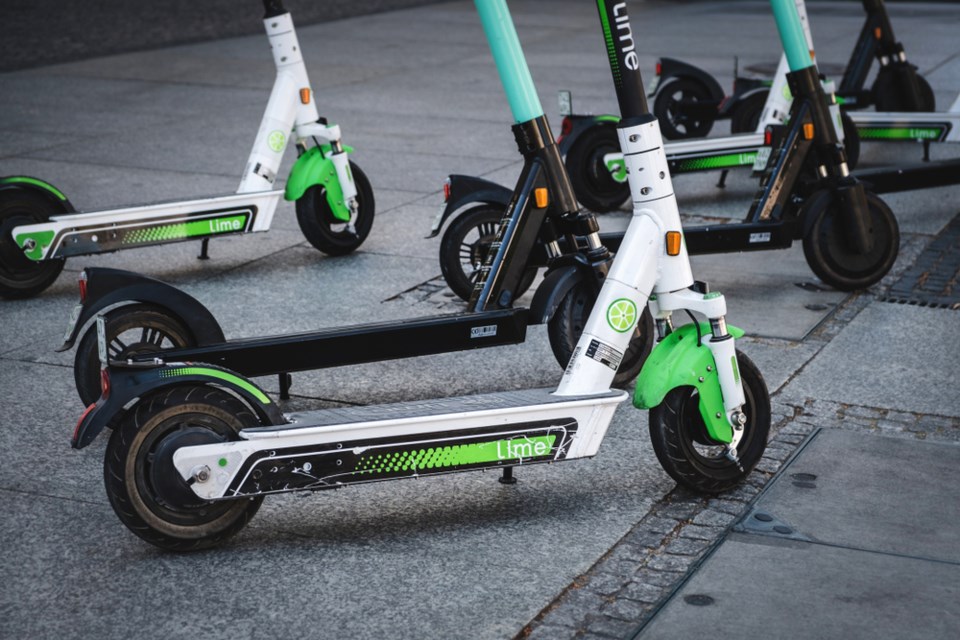Travel and Leisure
Here's a recent topic of discussion on the river cruising FB group that I belong to. "Which stateroom should I pick?", or more accurately, "Who has the best balcony?". And to be clear, I'm not referring to the rooms at the bottom of the ship; I'd not recommend anyone travel down there unless that is all their budget will permit. What I mean by a balcony room, are usually the ones that are on the middle and top level of the ship, that are effectively one notch up from the basement.
 |
| Promotional shot courtesy Emerald Waterways |
First of all, I just wanted to throw it out there, that most river cruise ships don't have what most would think of for a hotel room balcony; i.e. a separate outdoor space that you can step out onto, and close the glass door behind you. Given the size limitations, river cruise ships can't offer the same type of true balconies that ocean cruisers might be used to, with a landing that sticks out from the side of the ship. There are a few operators that have an outdoor space that some folks would consider to be a balcony (more of a veranda by definition); e.g. Ama (see below), or the Viking Veranda suite. Most operators will try to lure you from the bottom rooms of the ship that only have small portholes or windows (that do not open) with exciting names like "French Balcony Stateroom" or "Panorama Balcony Suite". All of these essentially offer floor-to-ceiling, wall-to-wall scenery viewing and access to fresh air, but there are subtle differences, and indeed varying costs associated with each. What we call these rooms is irrelevant however, as long as you know what you are getting - i.e. you're not walking out onto an outdoor space with anyone's French Balcony.
 |
| Rhine photos from the top deck |
But before I outline some of the key differences we've seen, I thought it merited a description of what you end up doing in your room, and why that may affect your choice of stateroom. It may not be obvious, but when you are on a river cruise, you don't end up spending that much time in your room during daylight hours. As I documented in my last post,
a typical day will have you out-and-about after breakfast, and the only real time you spend in your room is late afternoon, after you've returned from touring, and are freshening up before dinner. On a nice day, you'll more likely to be up on the top deck, enjoying a cocktail, or perhaps up in the front lounge, conversing with newly made friends. Most cruising occurs at night, and pre-conceived visions of lounging in bed watching the scenery go by are rare. And on the day that you do sail the castle-lined Middle Rhine Valley, or picturesque Wachau Valley, you'll want to be up on the top deck, not down in your room.
 |
| Ships un-rafting from one another |
Another key factor that most newbies don't consider, is where and how river cruise ships dock in port. Ocean cruisers may be used to anchoring well away from the town centre, and so every outside room still has a view or a glimpse of water somehow. Of course, all river cruise rooms are "outside" by design, but often times, your room will literally be within arm's reach of the river wall. If you're on a higher deck you might be staring at folks walking by on the promenade in Budapest, while you are enjoying your morning coffee in your PJs. Other times, you could wake up "rafted" next to another ship, and your expensive balcony now has a splendid view into another traveller's room, or even better, the ship's restaurant.
 |
Rare daytime cruising (window closed)
in the Monarch Queen French balcony |
The last point I'll bring up about balconies, relates to the classic promo video of the good-looking, 50-something couple, sharing a warm embrace, while leaning on the railing and taking in the view, with the breeze gently blowing her hair back. Unless you're sailing in the heat of the summer, that scene is mostly fiction; when you are at sail, even on a nice spring or early fall day, the motion-created airflow can make for very chilly conditions. On the rare occasions when we have been in our room while sailing, we've always had to close the sliding glass door to stop the wind from buffeting us. Ok, so let's get to some balconies.

This is the classic "French balcony"; not really a balcony at all, but a sliding glass door that has a railing for both your security and something to lean on. This is one is from a Viking Longship, and what I don't like, is that there is no sitting area for you to enjoy a drink or whatever. At only 135 sq. ft., it's also one of the smallest rooms in this category I've seen. Note how this is two panes of glass, so opening fully only gives you 50% of the available width; when standing at the railing, there will barely be enough room for two people to stand side-by-side.

We like the above type of arrangement as our minimum level stateroom; floor-to-ceiling sliding windows, with a couple of chairs and a cocktail table in-between to rest your iPad, beer or whatever. These rooms typically are more like 170 sq. ft., allowing for the extra room between the bed and the windows. I couldn’t find a good photo of our setup on Gate 1, so I grabbed the photo above of the MS Fortuna, operated by Dutch Barge river cruises.
Here's where things start to get interesting; the above Viking Veranda Stateroom has both an inside sitting area AND and outside veranda. At 205 sq. ft., this is a pretty large room (for river cruising), but bear in mind that you are sacrificing that outside space 100% of the time. i.e. how much time will you really spend out there? Note also that this longship only has one chair inside, but does include a stool, either for a place to rest your drink, or for your partner to sit on (but not both).
Here's another concept, with twin sitting areas, featured above on an Ama river cruise ship. Rather than sacrifice the entire outside space, they've split a small sitting area for both inside and out. Again, you need a decent-sized room to pull this off, and I believe Ama runs about 210 sq. ft. I've never seen one of these in person, but it may appeal to some looking for that outside experience.

This is also a relatively recent innovation, with Emerald's Panorama Suite (and other operators like big sister Scenic); not really a suite, but with their window split horizontally, the top portion slides down into the bottom part to create a railing that runs the full width of the room. You can kind of make out that they've used flooring near the window to create the illusion that you are on an outside deck. It's a really clever design, and you can find more by searching for videos on it. The one drawback that we found with this type of balcony window is that when you are sitting upright in the deck chairs, the railing is right at eye level; I found that I had to slouch down a bit to take in the scenery while seated. Scenic has the same style of window, but they also have a divider/sliding door to your room, so you can create a more outdoor feel, if desired.
My last example is Avalon's Panorama Suite (again, not a real suite), with a 3-panel slider; this gives more space to the outside when fully opened. These are over 200 sq. ft., and with no footage sacrificed to outdoor space, these are some of the largest rooms in this category. Most folks love the orientation of the bed, allowing for guests to lie down while watching the scenery go by, but as I've commented, this likely won't be a common occurrence. I do however, like the love seat and chair conversation area, and that would be where I would spend most of my waking time while in this room. Note that from videos I've seen, it appears that the loveseat faces backwards; e.g. you'll be looking at where you were rather than forward if sitting there.
I think the time of year you will be cruising and what you want to get out of your in-room experience will ultimately sway your preference. e.g. on a Christmas Markets cruise, you'd probably not opt for a larger outside space. Our choices however, have usually been guided by the best price we could find; i.e. when we found a Danube trip on Gate 1 that was offered for a great price, all we cared about was that we did have the floor-to-ceiling sliding glass doors. Sure, we'd love to try Avalon's Panorama Suite, but when we saw a 50% off sale for Emerald, we jumped on that offer!

























